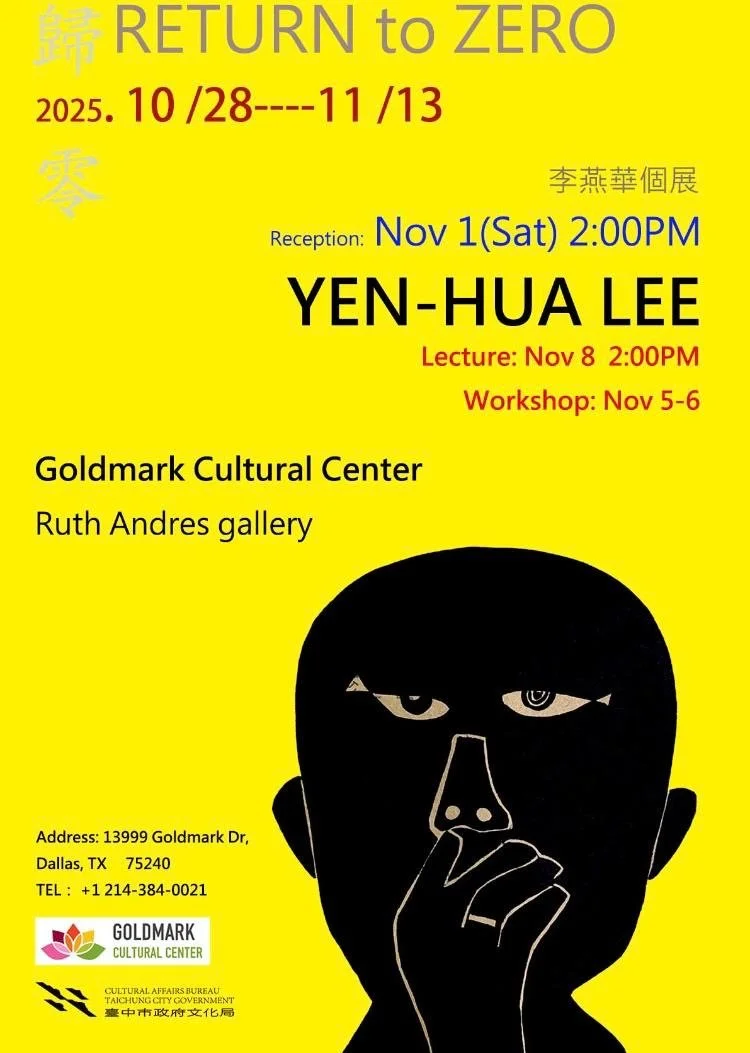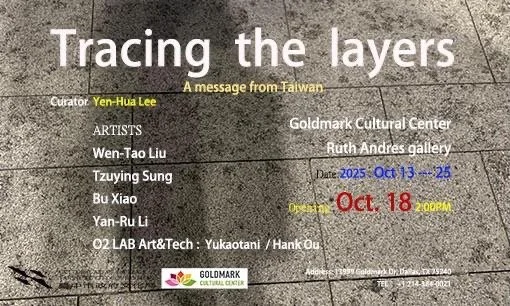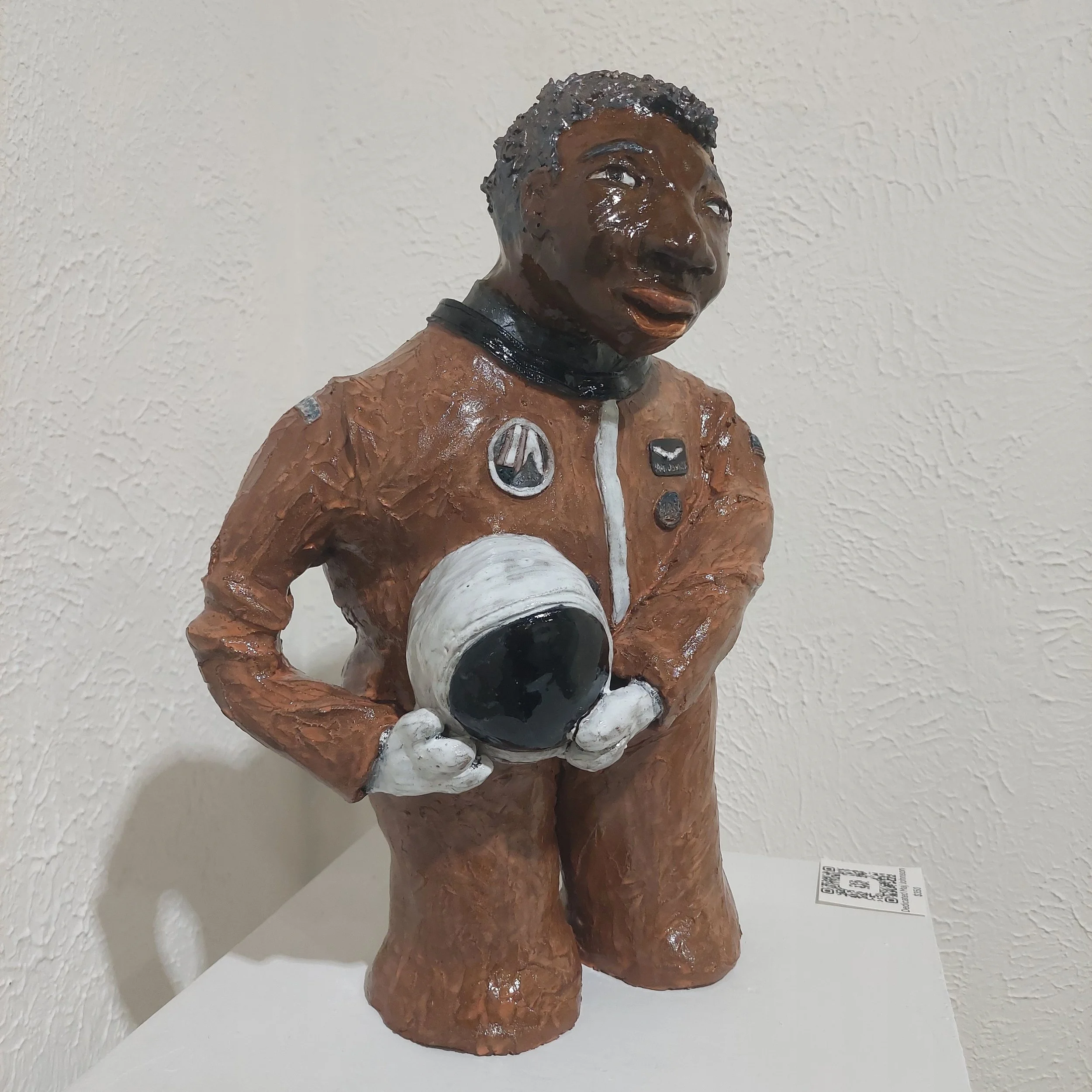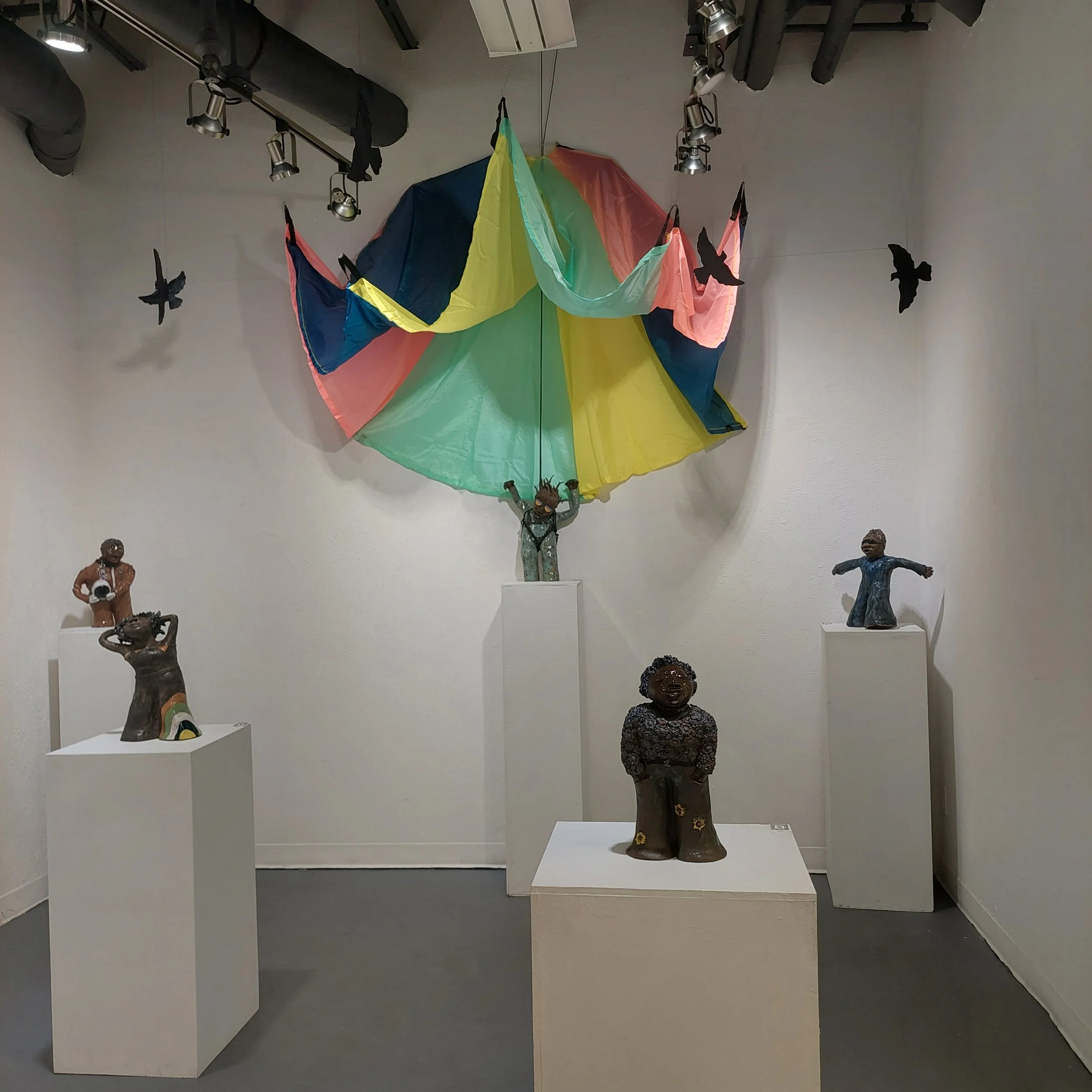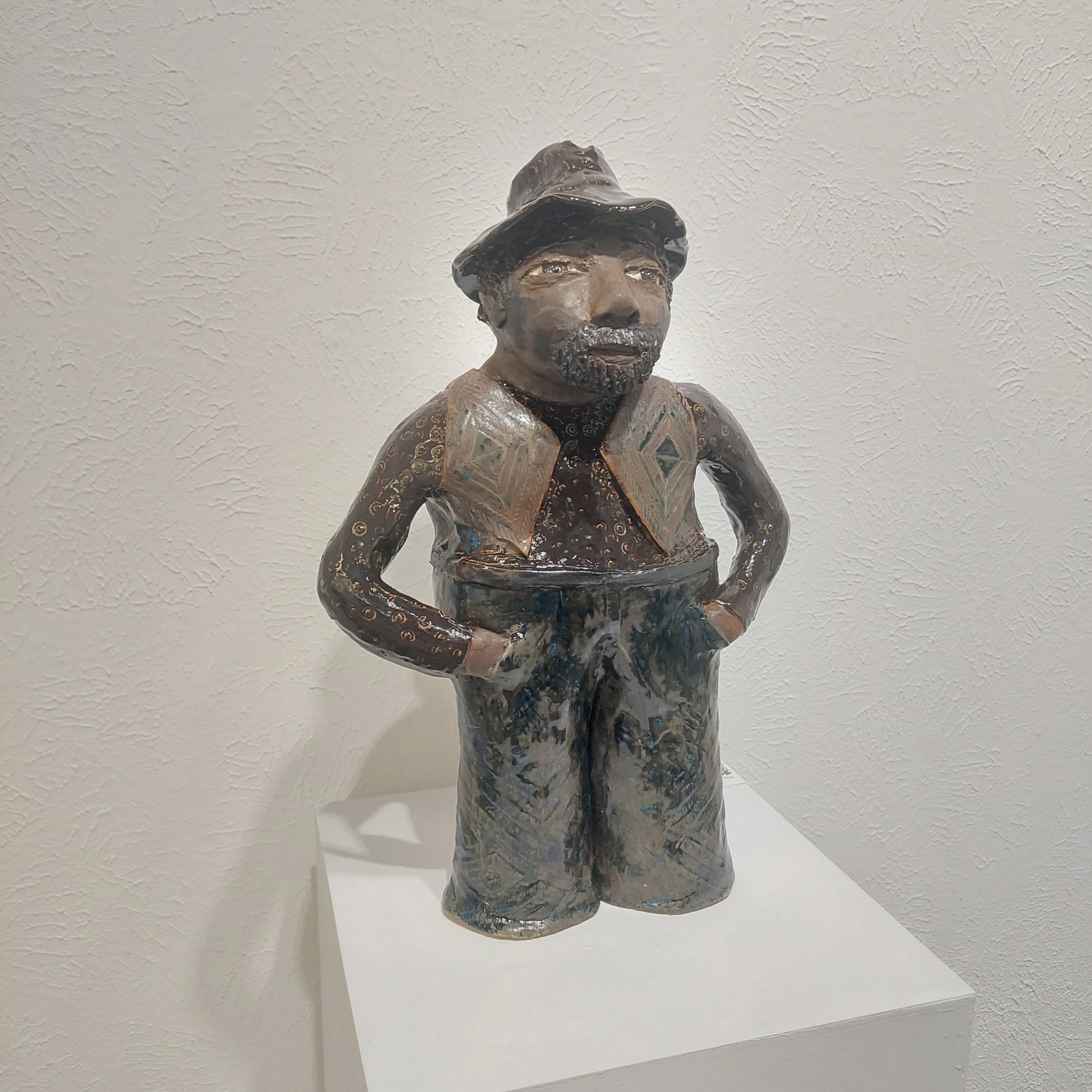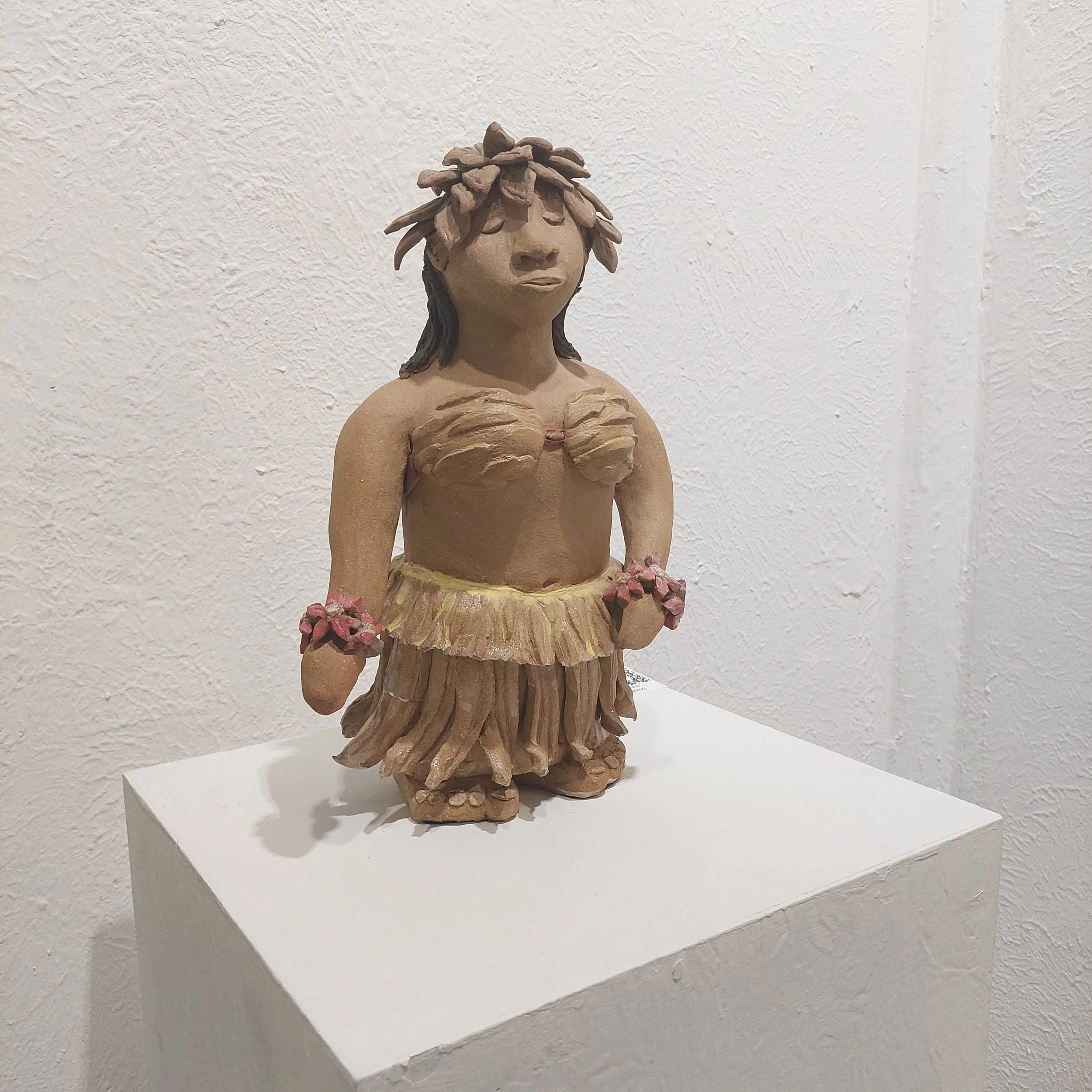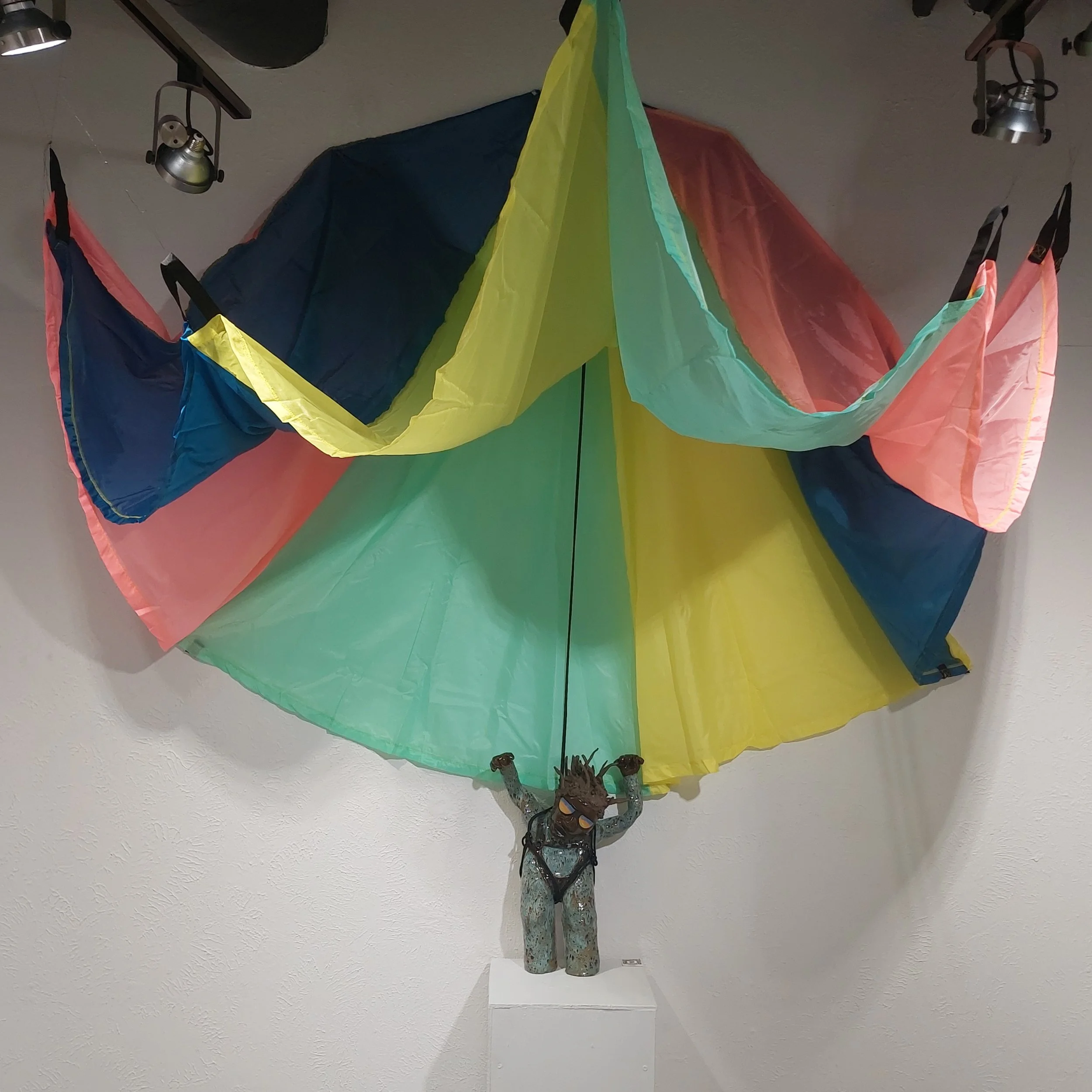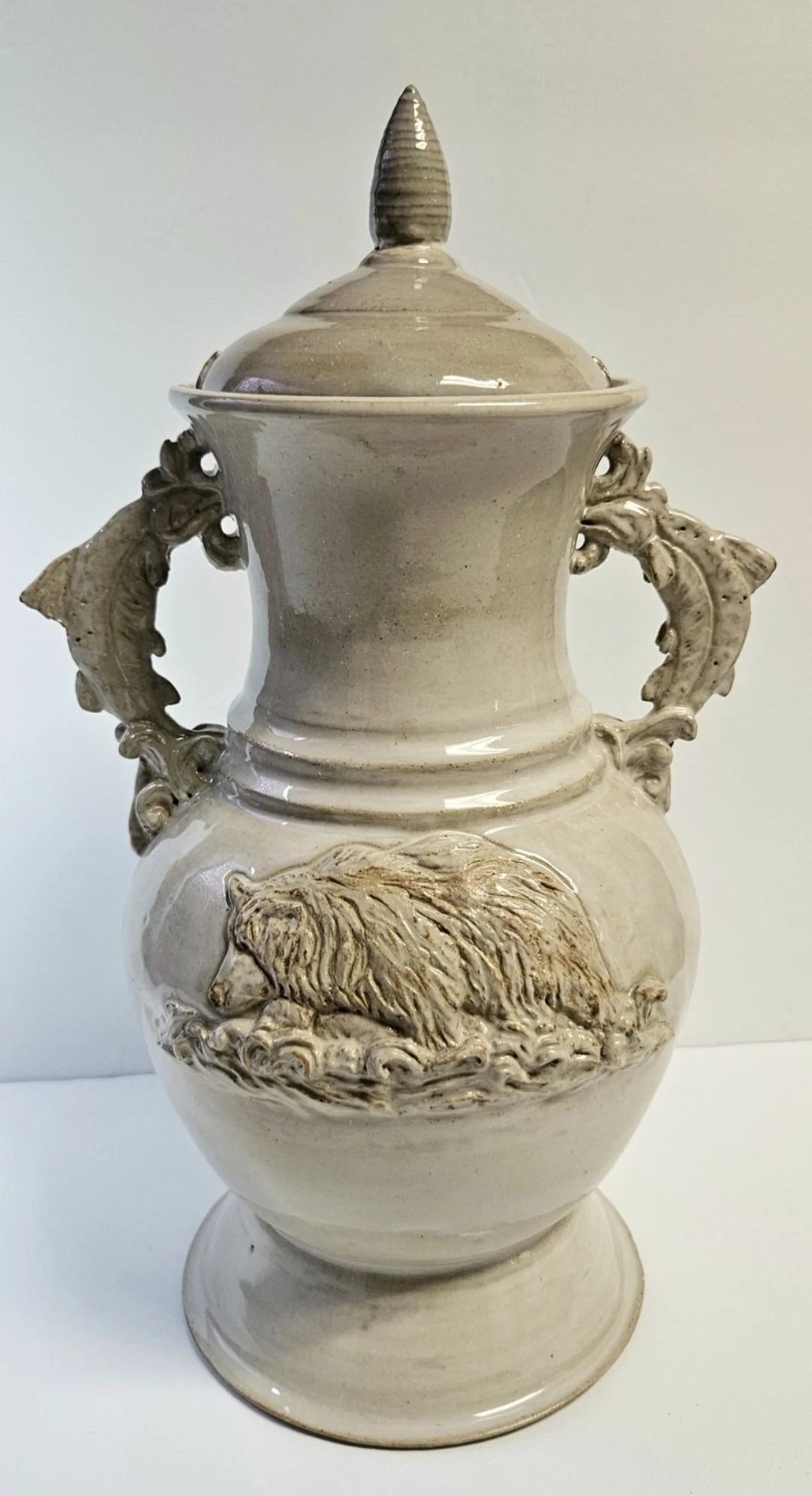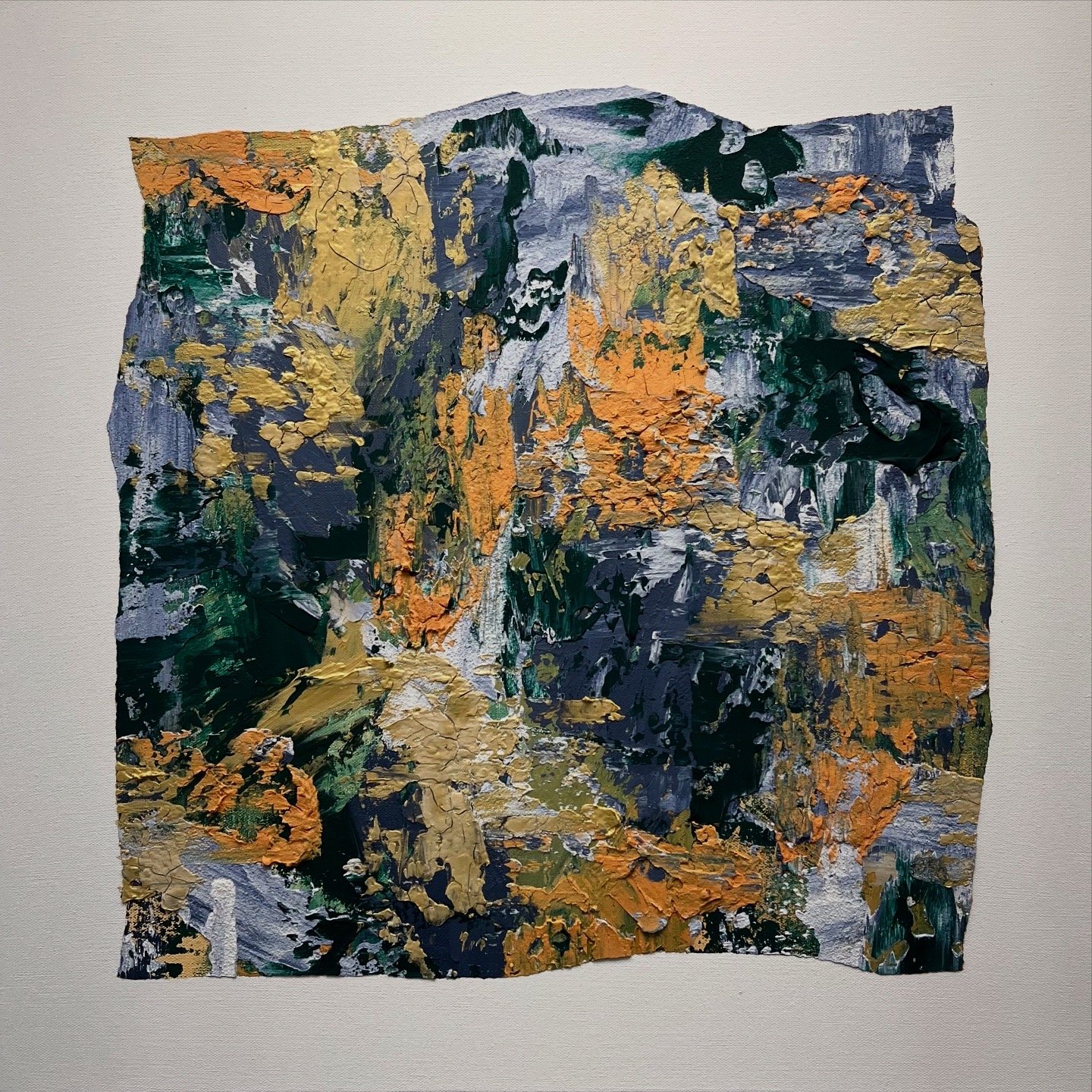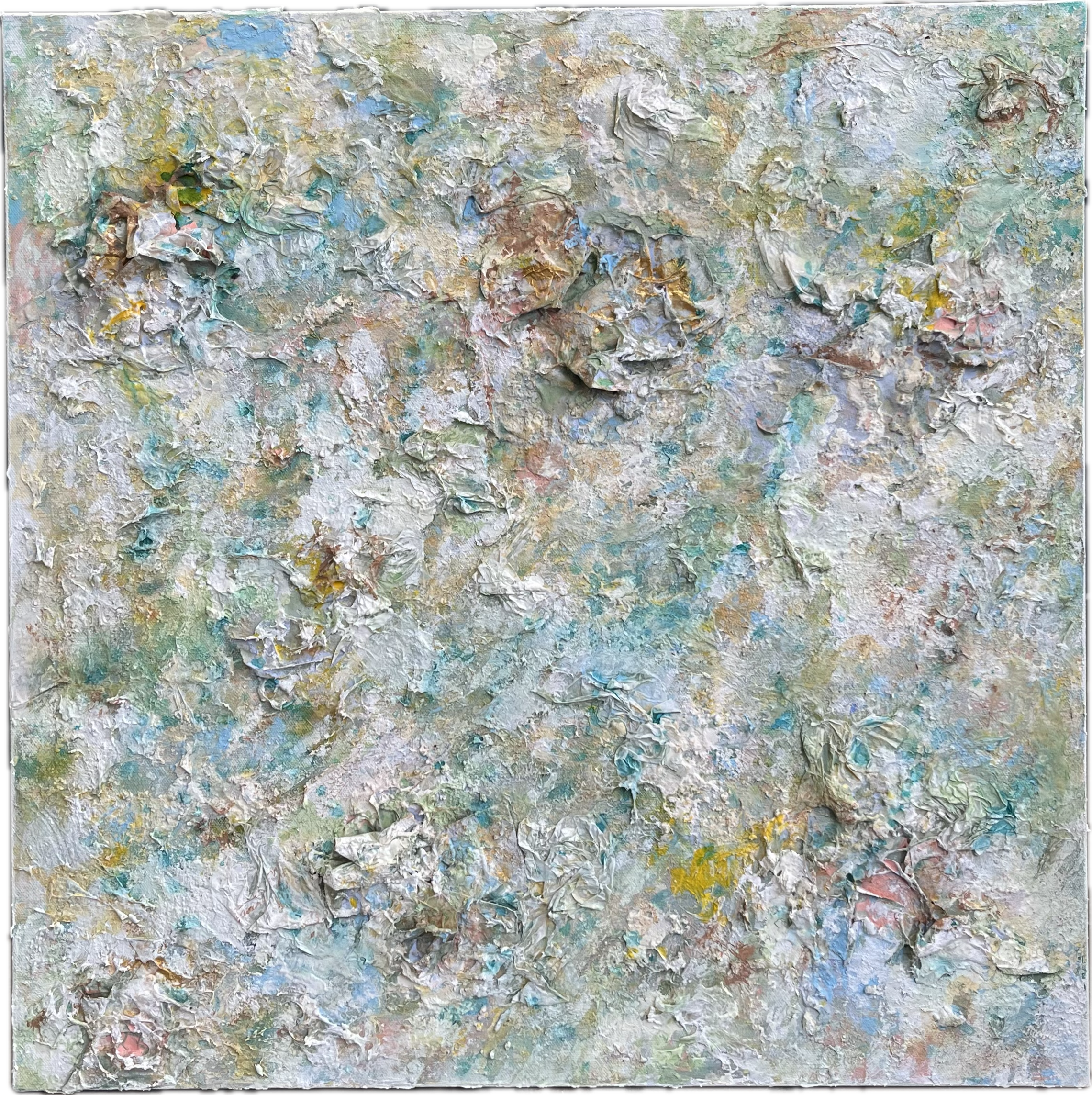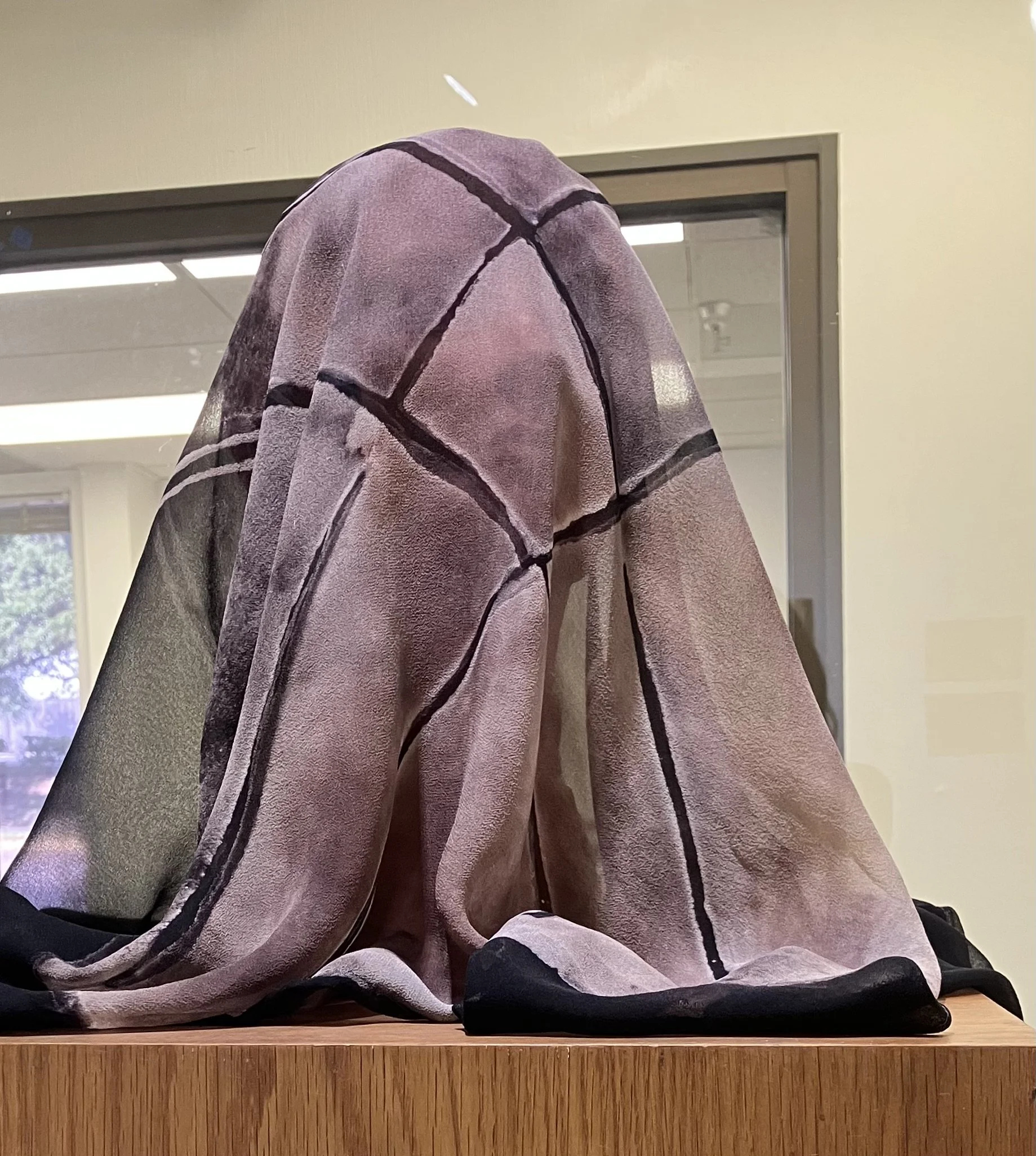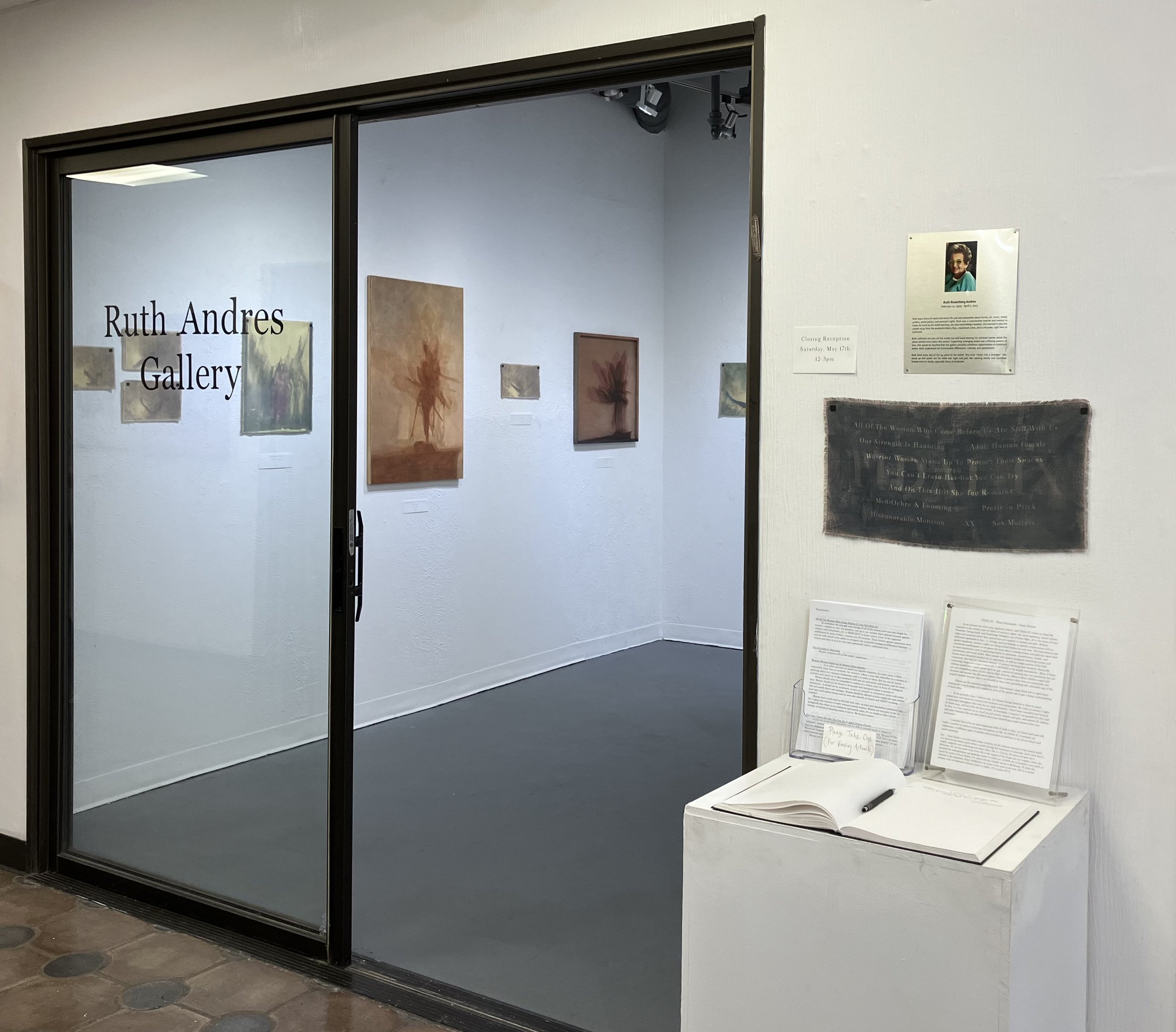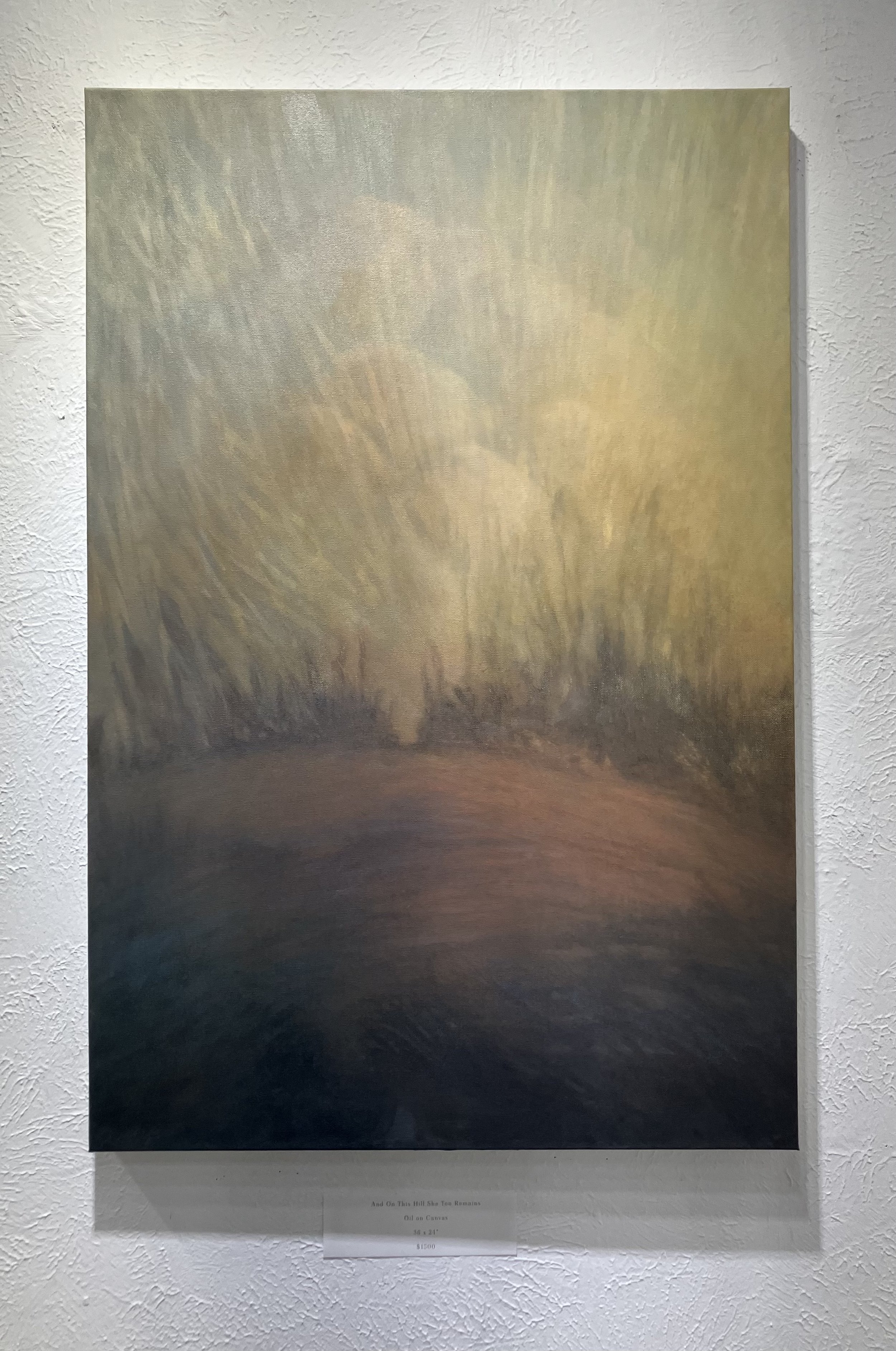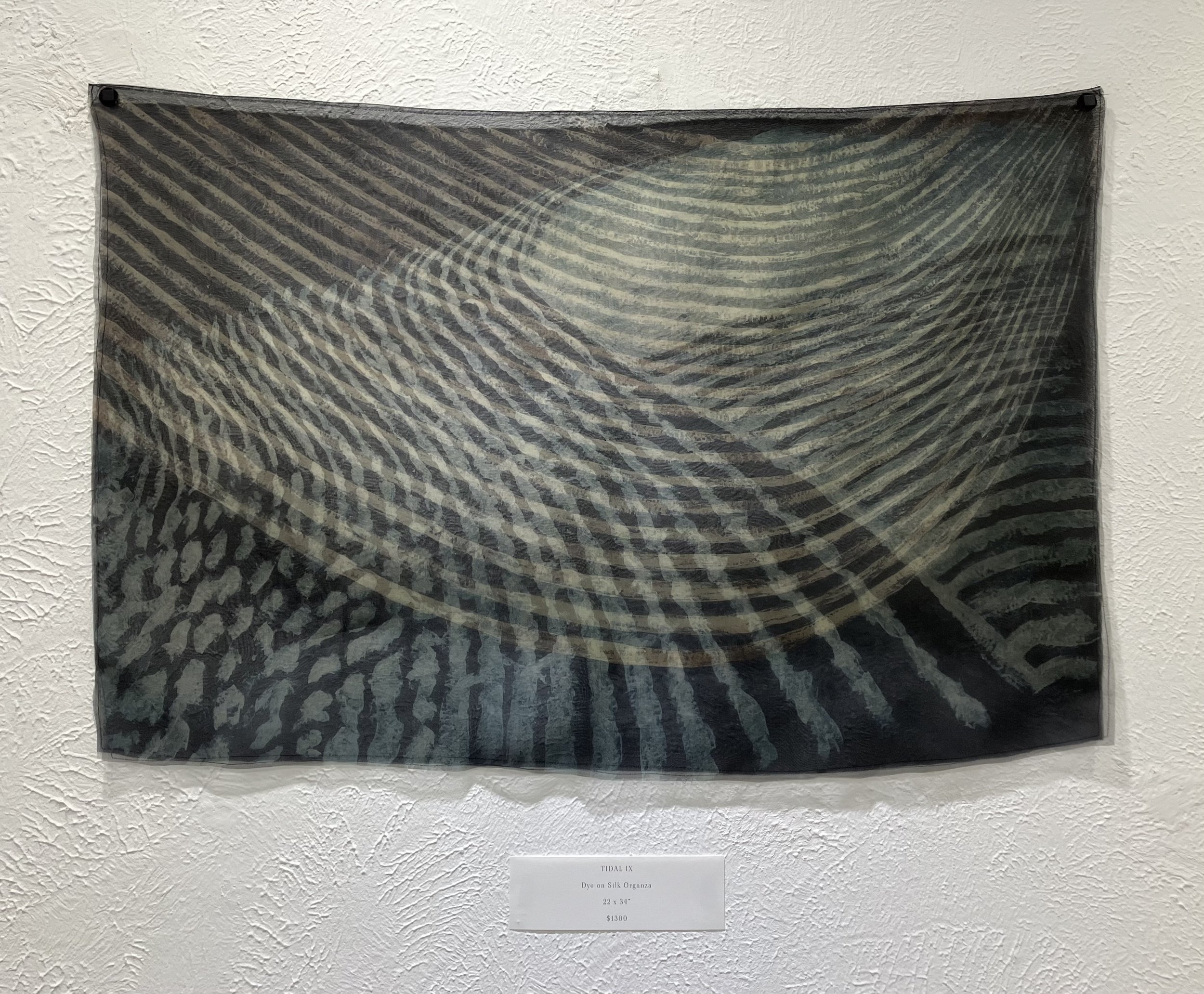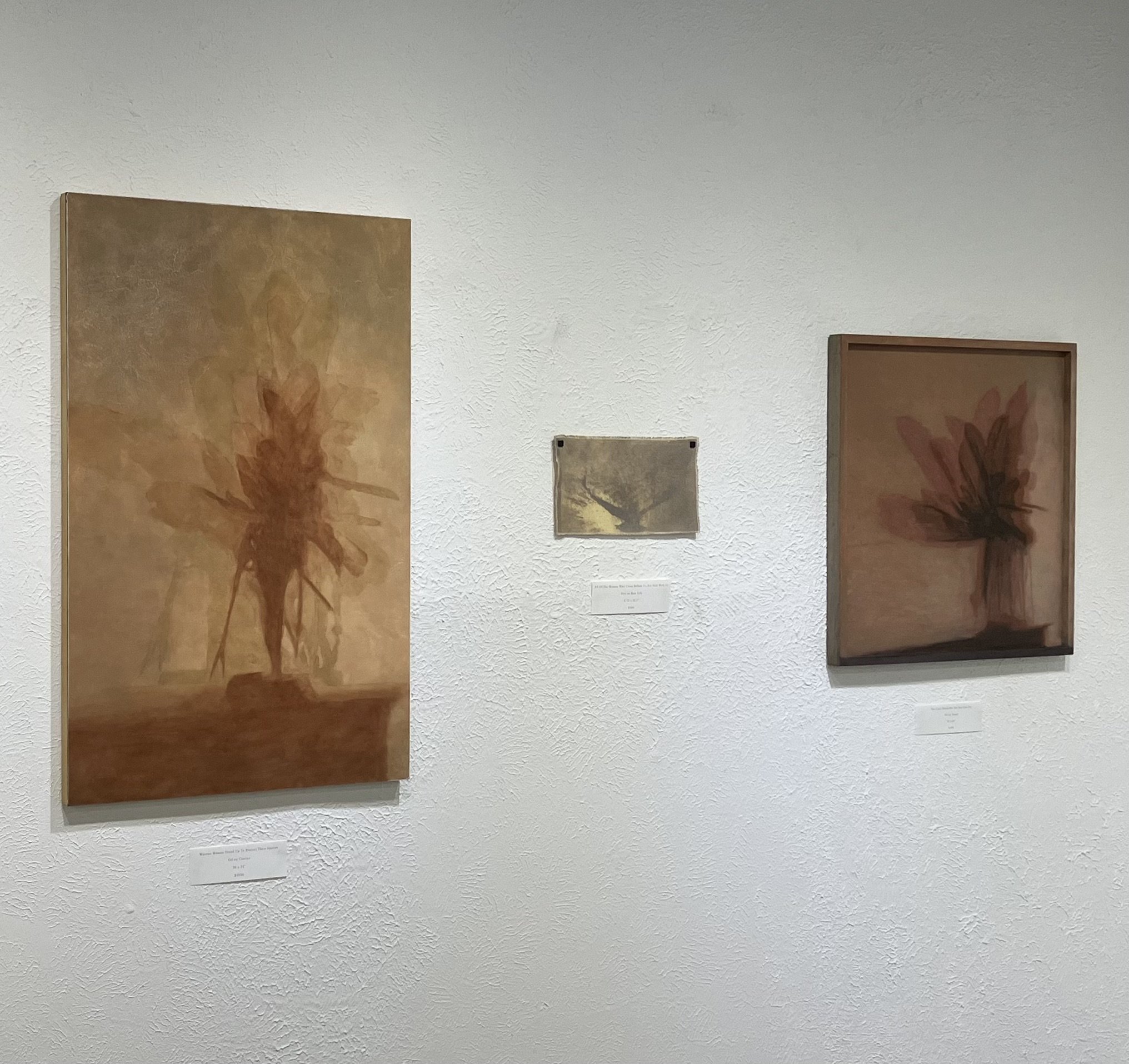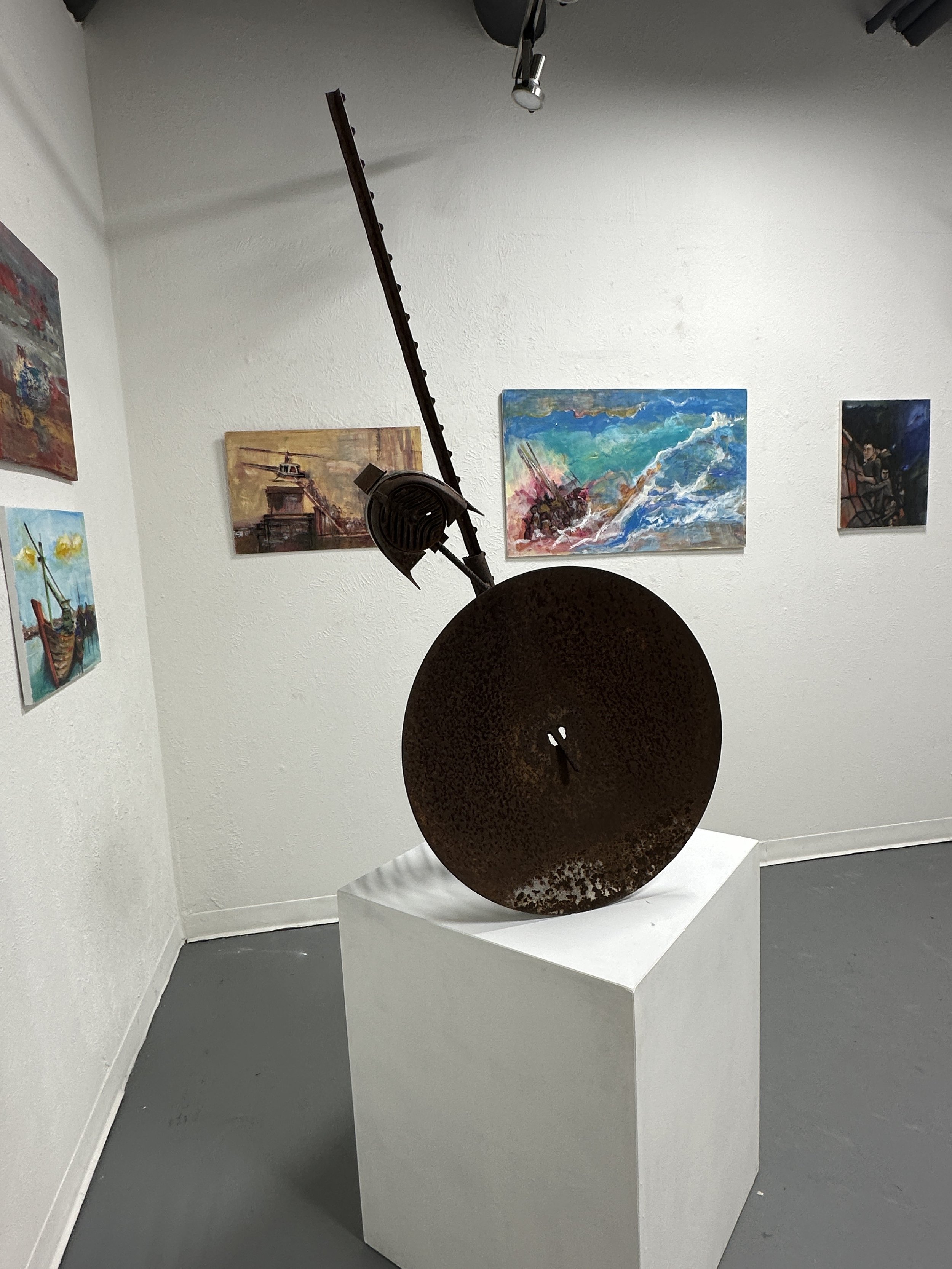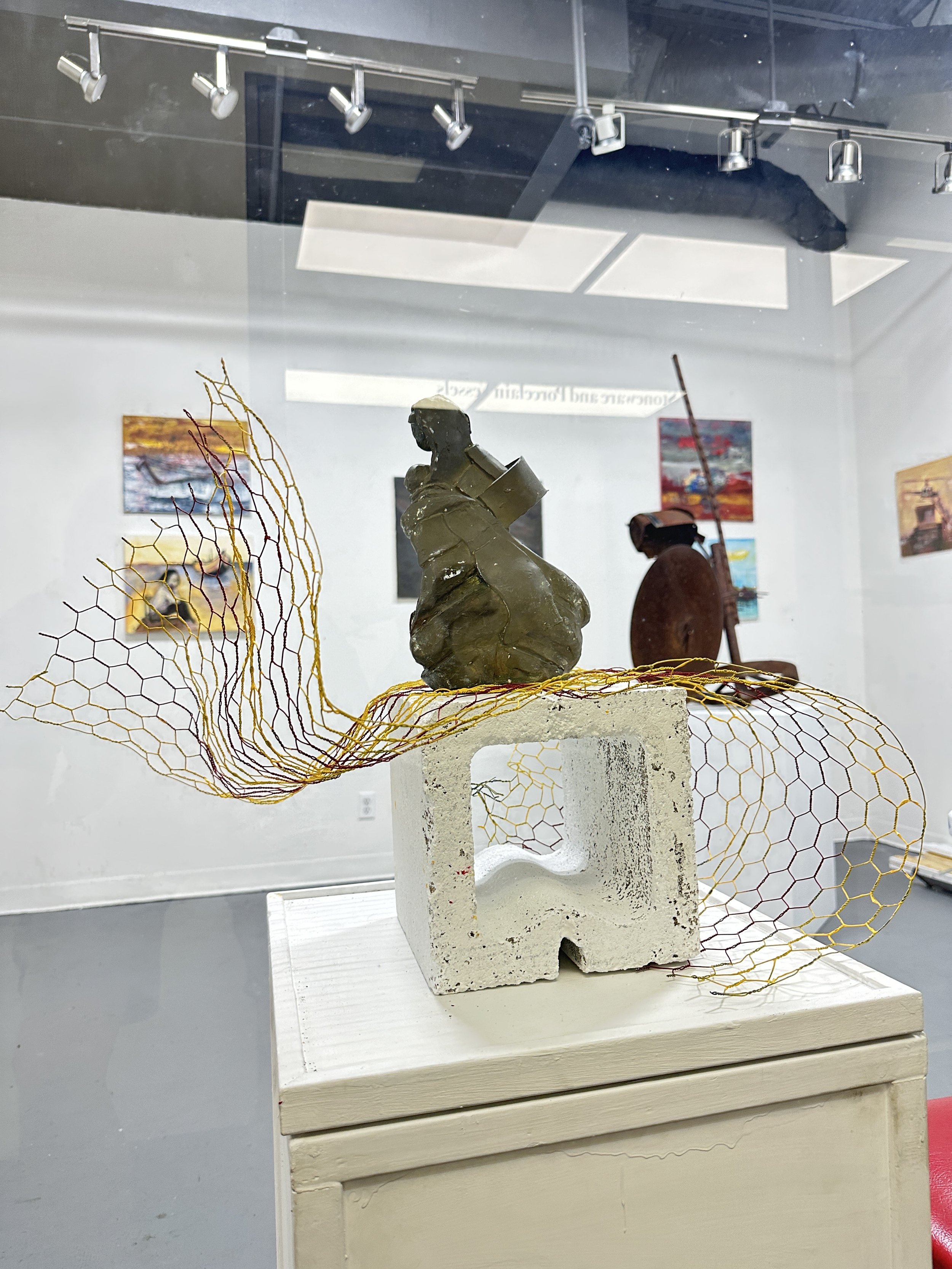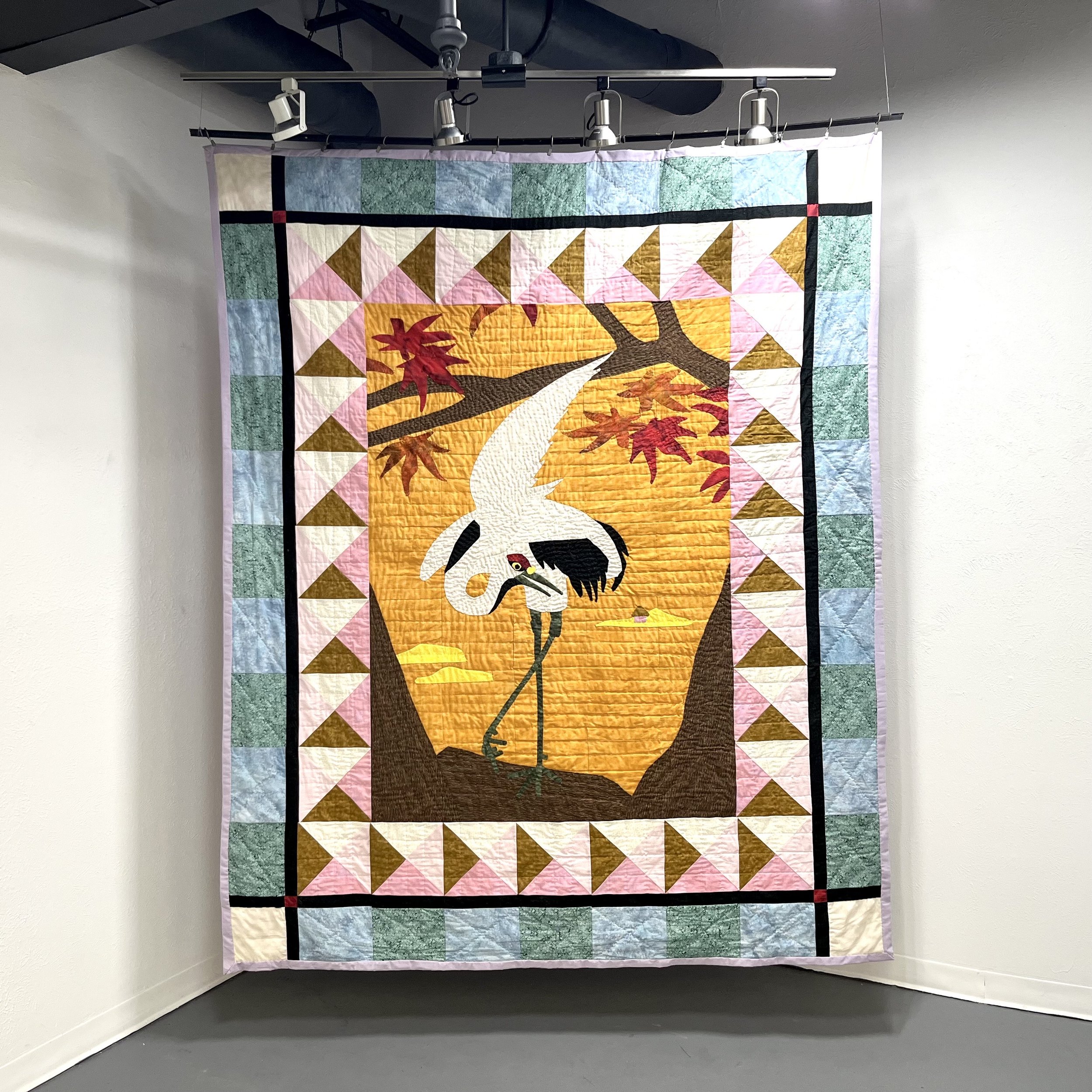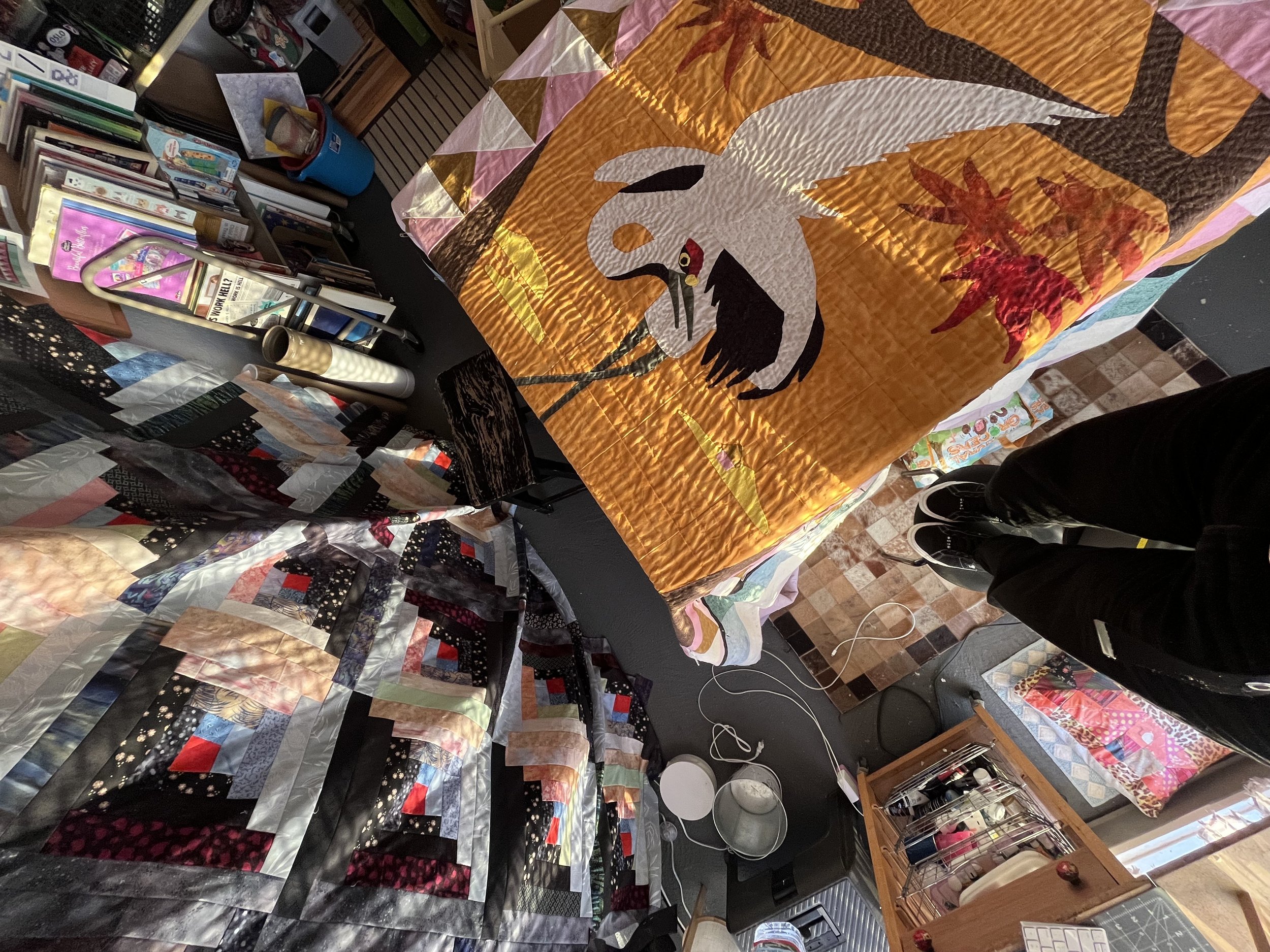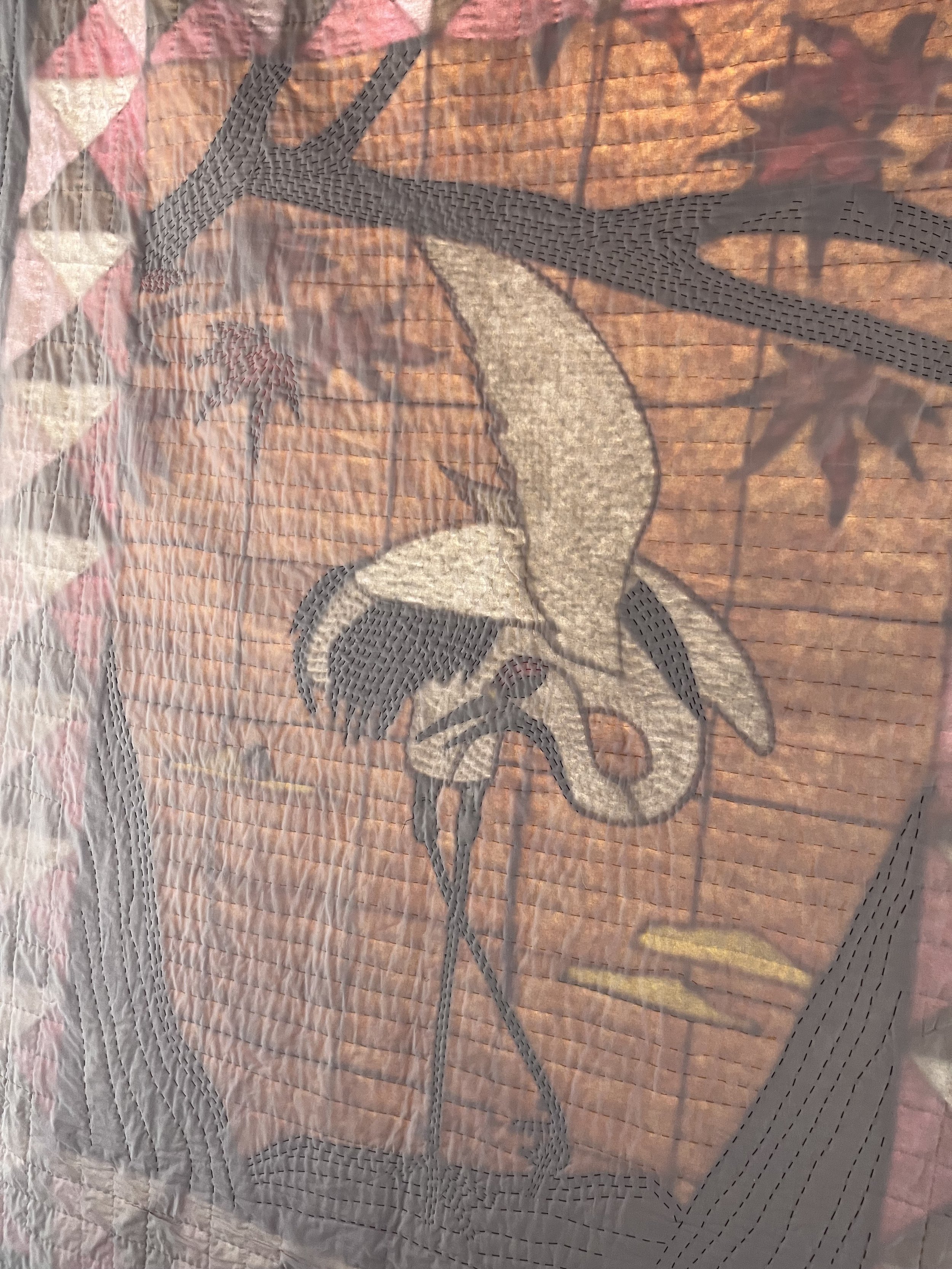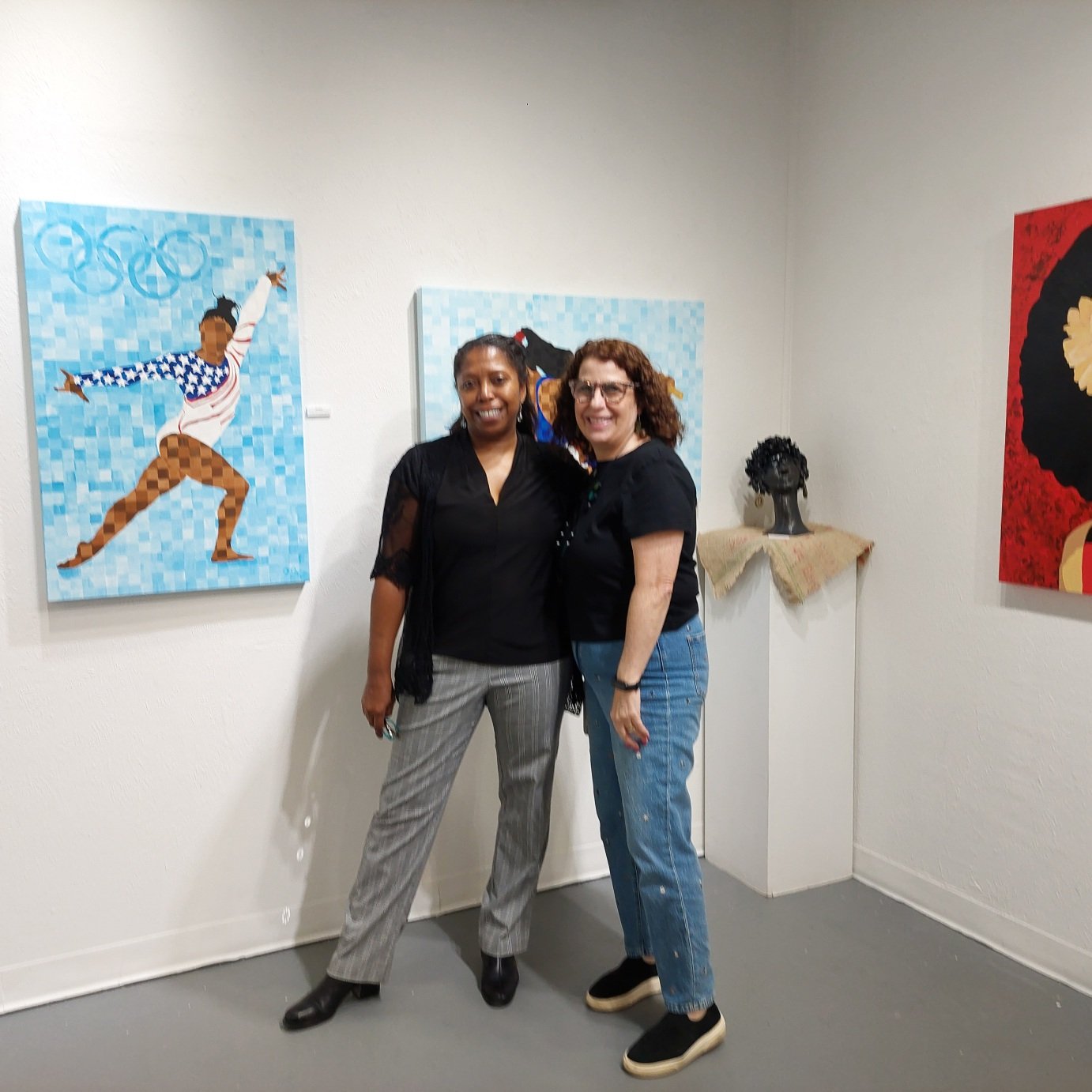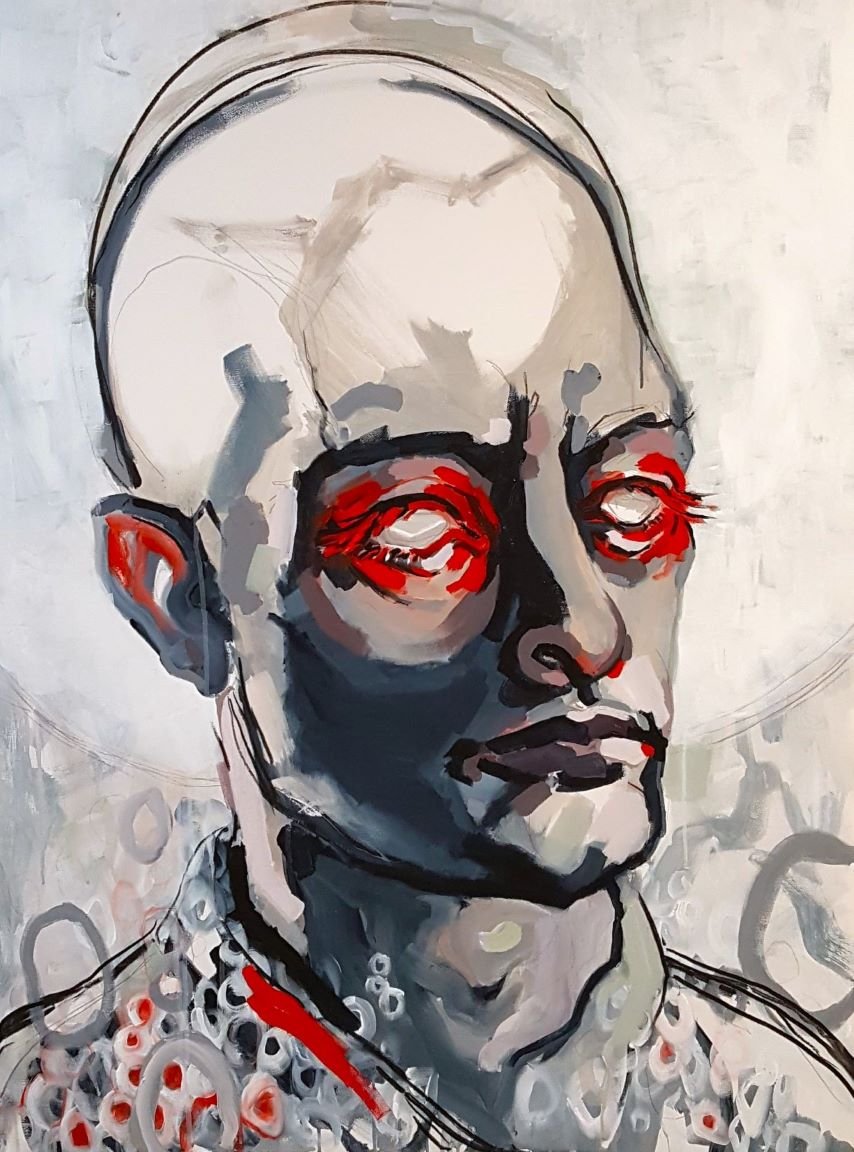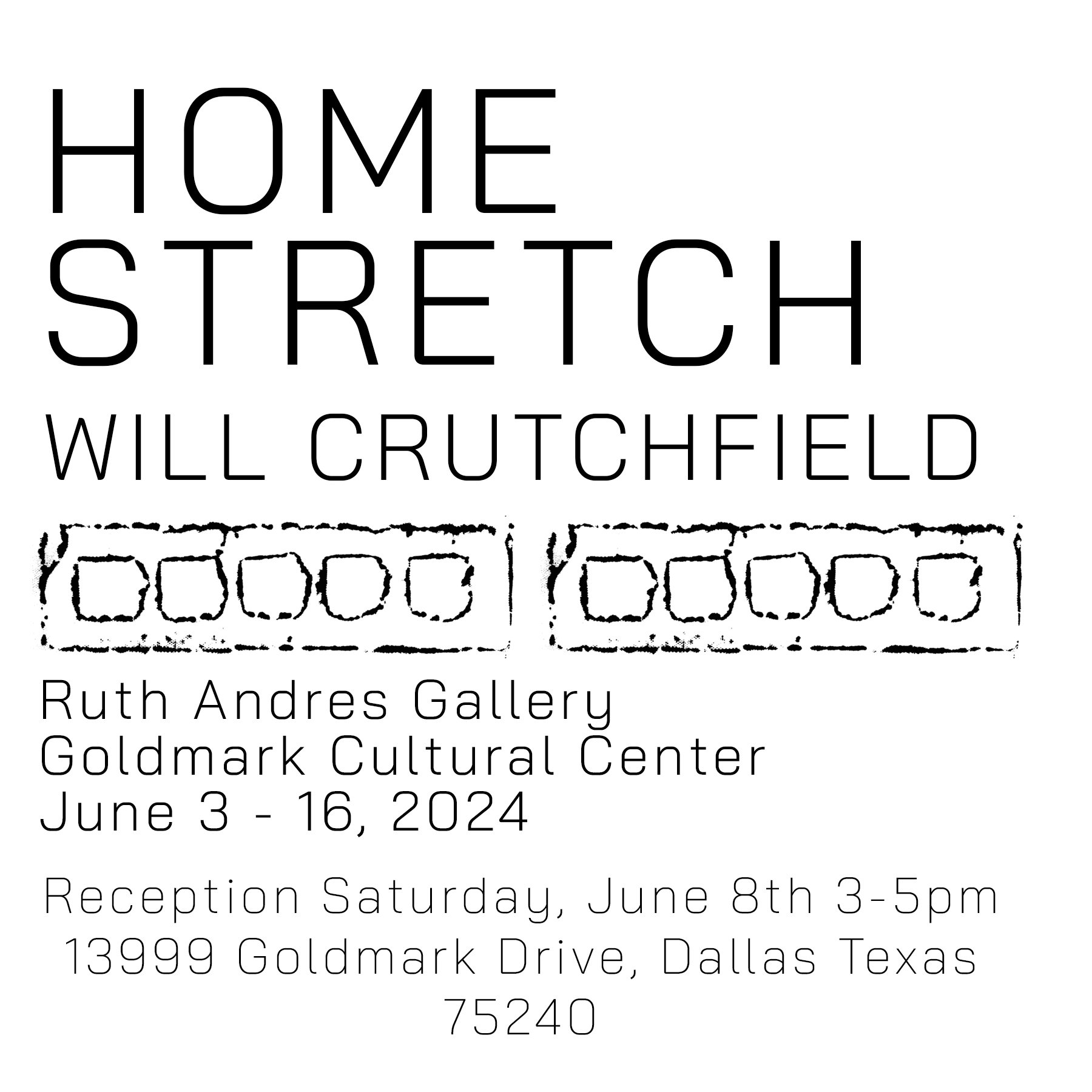
The Quiet I Found and the Happiness That Followed
The Goldmark Cultural Center’s Ruth Andres Gallery presents “The Quiet I Found and the Happiness That Followed”, a solo exhibition of new oil paintings by Goldmark artist Diane Min.
The exhibition is on display from 11/14 to 11/30, with an opening reception on Saturday 11/15, from 2:00pm to 4:00pm. Join us for the reception to meet the artist and learn from her about her artwork!






About the Exhibition
The Quiet I Found and the Happiness That Followed began when life finally slowed down enough for me to notice the calm in small things — the stillness of water, the warmth of light, the hush of early morning. Painting became my way to hold onto those quiet moments a little longer.
Working with oil paint has been a love–hate relationship. I love the smooth brushstrokes and the way the colors blend, but I don’t love waiting days for it to dry. I make plenty of mistakes, but oil forgives me — maybe that’s why I’ve grown to love it so much. It’s teaching me to slow down, to be patient, and to stop expecting everything to happen quickly — both on the canvas and in life.
Life is full of ups and downs, but I’ve learned that peace and happiness don’t always come from big moments. Sometimes they’re in the ordinary — in laughter with friends, quiet mornings, and the reminder to stop and smell the roses (or at least notice them on the way to the studio).
Through color, texture, and light, I try to paint that sense of calm and joy — the kind that sneaks up on you when you finally stop hurrying and just let yourself be.


